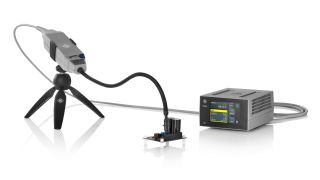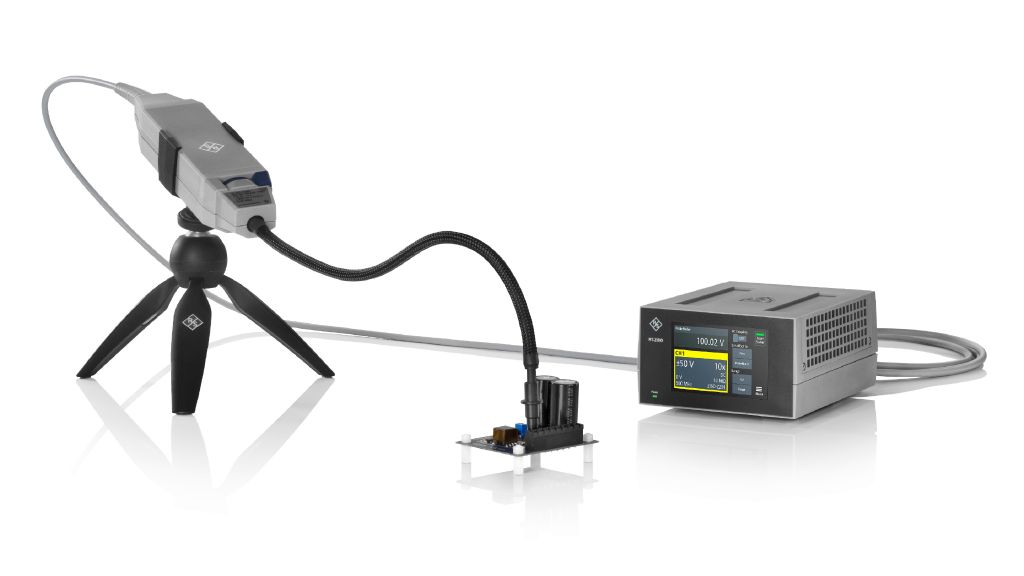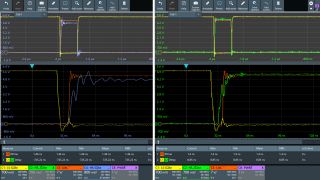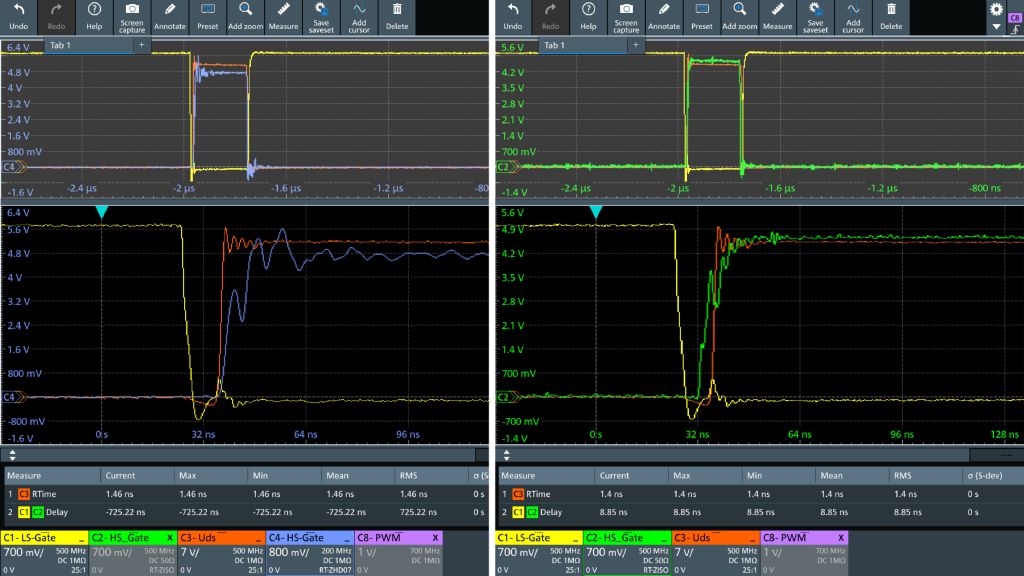Common mode distortion of wide-bandgap power electronics probing
In an ideal scenario, a probe accurately transmits a signal from the device under test (DUT) in its original form with no alterations. Differential probes are designed to eliminate common-mode (CM) distortion by cancelling out identical signal artifacts on each socket relative to earth. In practice, issues such as poor CM rejection, frequency response degradation and signal distortion can compromise signal integrity, particularly in high-speed power applications where signal fidelity is crucial.










